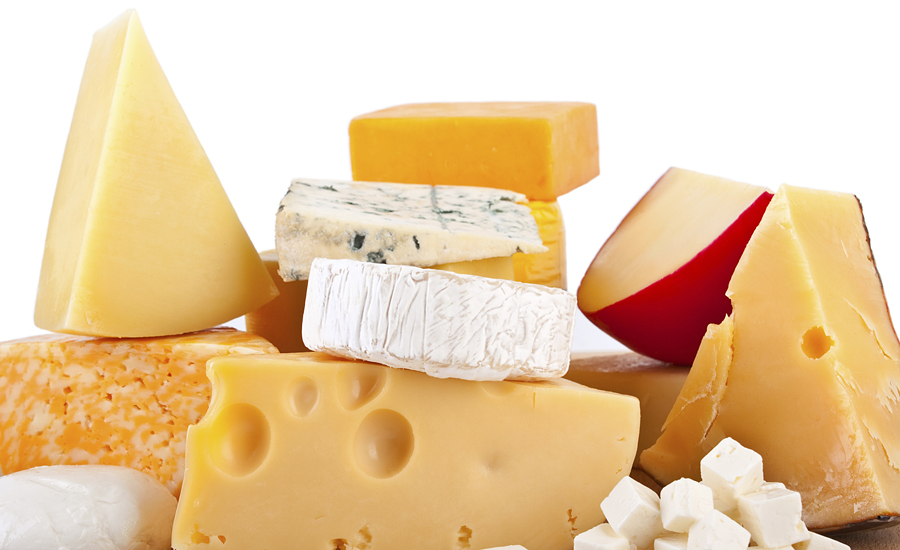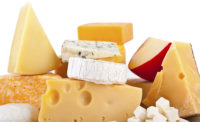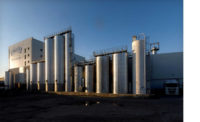The Wisconsin Center for Dairy Research (CDR), Madison, Wis., validated x-ray fluorescence (XRF) spectrometry as a new method for analyzing sodium in cheese, providing processors with what is said to be the first quick and accurate method for directly measuring sodium in the presence of salt replacers.
The Innovation Center for U.S. Dairy, Rosemont, Ill., provided funding to develop and validate the method for both natural and processed cheeses.
The need for such a technology is due to the increased public interest in reducing sodium intake, which has led many cheese manufacturers to begin using sodium replacers such as potassium chloride, large salt crystals/flakes and sea salt, which also may contain potassium and magnesium salts), savory additives and various flavor enhancers in place of traditional sodium.
Unfortunately until now, there was no quick way to measure the sodium level in products manufactured with these ingredients, as traditional measurement systems used in the dairy industry calculated the sodium content based on chloride levels. This indirect measuring approach does not work when salt replacers like potassium chloride are used as the replacer that contains chloride but no sodium, and thus the traditional methods will overestimate the actual sodium level in the cheese.
This novel analytical method allows manufacturers to quickly test for sodium in their products, which will be key in improving quality and reducing variability.



